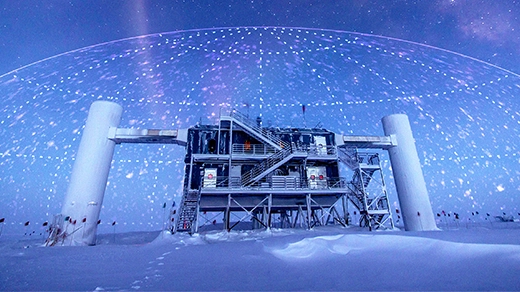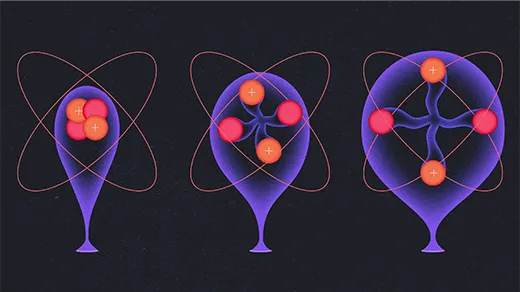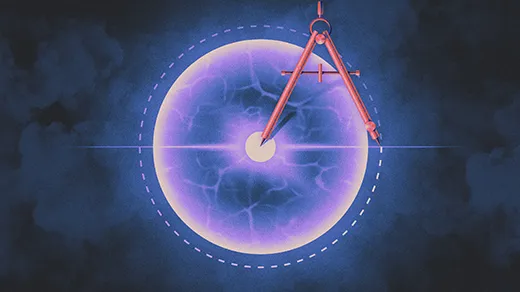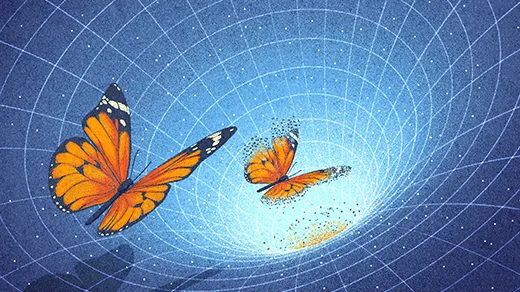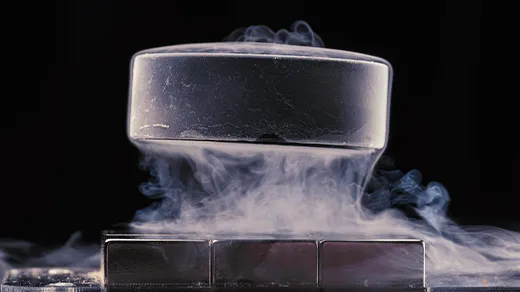What's up in
Experimental physics
Latest Articles
A New Map of the Universe, Painted With Cosmic Neutrinos
Physicists finally know where at least some of these high-energy particles come from, which helps make the neutrinos useful for exploring fundamental physics.
A New Experiment Casts Doubt on the Leading Theory of the Nucleus
By measuring inflated helium nuclei, physicists have challenged our best understanding of the force that binds protons and neutrons.
Sparse Networks Come to the Aid of Big Physics
A novel type of neural network is helping physicists with the daunting challenge of data analysis.
The Electron Is So Round That It’s Ruling Out Potential New Particles
If the electron’s charge wasn’t perfectly round, it could reveal the existence of hidden particles. A new measurement approaches perfection.
Wormhole Experiment Called Into Question
Last fall, a team of physicists announced that they had teleported a qubit through a holographic wormhole in a quantum computer. Now another group suggests that’s not quite what happened.
Room-Temperature Superconductor Discovery Meets With Resistance
A paper in Nature reports the discovery of a superconductor that operates at room temperatures and near-room pressures. The claim has divided the research community.
Physicists Use Quantum Mechanics to Pull Energy out of Nothing
The quantum energy teleportation protocol was proposed in 2008 and largely ignored. Now two independent experiments have shown that it works.
How Quantum Physicists ‘Flipped Time’ (and How They Didn’t)
Two teams have made photons act as if time were simultaneously flowing in two directions. The experiments demonstrate a way to potentially boost the performance of quantum devices.
She Turns Fluids Into ‘Black Holes’ and ‘Inflating Universes’
By using fluids to model inaccessible realms of the cosmos, Silke Weinfurtner is “looking for a deeper truth beyond one system.” But what can such experiments teach us?
